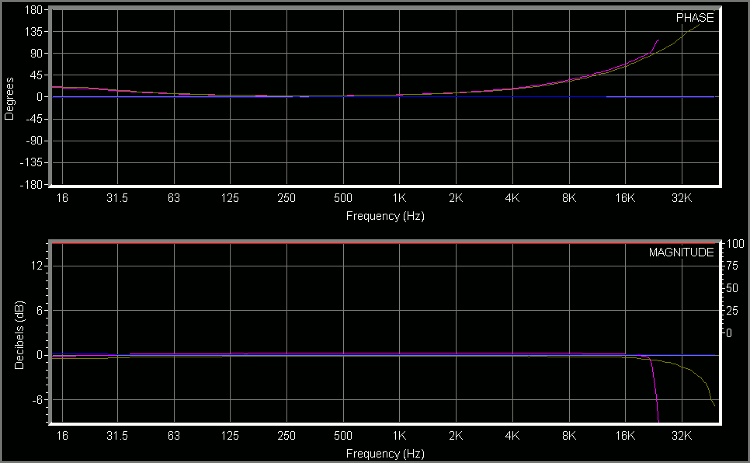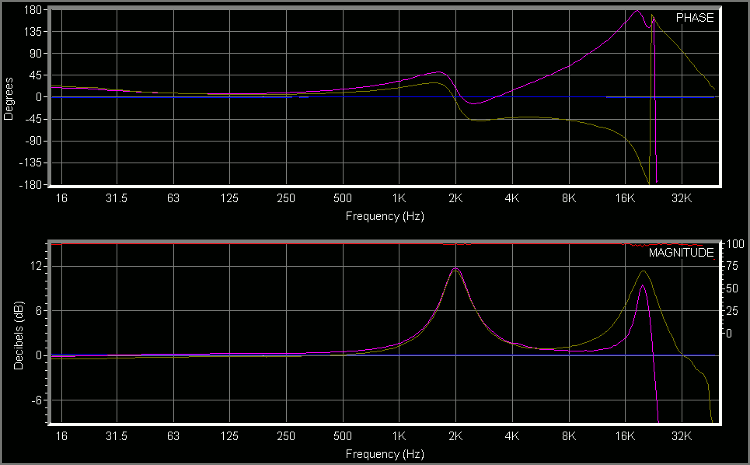 guessmer.de resource wiki
guessmer.de resource wiki|
Text /
SD8some technical notes for the Digico SD8 ( www) NetworkingThe desk has a unique IP in a class-B network 192.168.*.*, subnet mask 255.255.0.0 To connect give your PC another unique IP, plug in the network cable, and make sure they can ping each other. For a direct connection use a "crossover" cable, if there is a switch, hub or router in between use "1:1" or "patch" cables. Now make sure to load a session on the console - networking will not work if you don't! Finally start the remote software, in the status windows there should appear a green indicator for ethernet and a second column for the status of the network partner. If the ethernet status on the console is red and the remote column stays empty no networking will be possible, although you will be able to ping the console. Only known solution is to choose another IP on the remote PC and try again. In order not to confuse the console it is advisable to reboot it before normal operation! example: wireless...using a Linksys WRT-54GL Latencyall measured at 48kHz using pink noise, dual-FFT
channel processing (PEQ, Gate, Comp or multiband Comp) does not affect latency 96kHzSince V443 the SD8 is capable of running at 96kHz. The latency will reduce i.e. from 2,27ms to 1,16ms for local in to master with geq inserted to local out. Standard MADI connections are not running at 96kHz so you will either loose half of the channel count or have to use fibre optic interfaces. I'm not to judge about the pros and cons here but rather show two dual FFT measurements. Both have been made using pink noise from a "96kHz source". The blue line shows the direct connection to show that there really is something; magenta curve is 48kHz, yellow is 96kHz.  local in to master to local out, no further processing  dto. but a graphic EQ inserted in master, 2k and 20k at full - here the difference due to anti alias filtering is quite obvious |